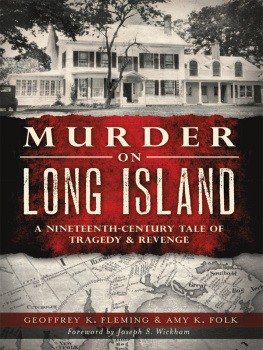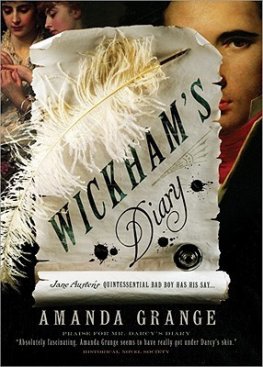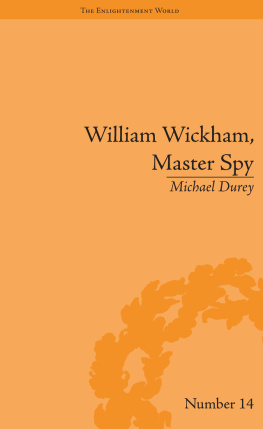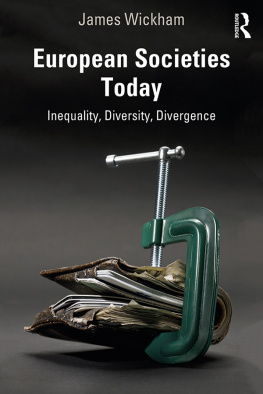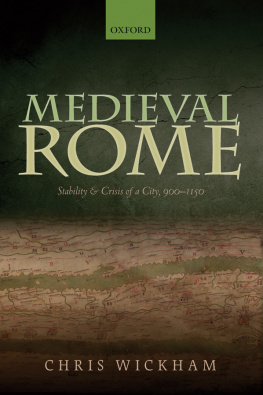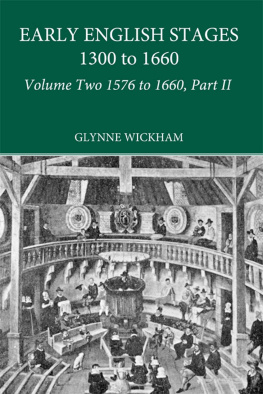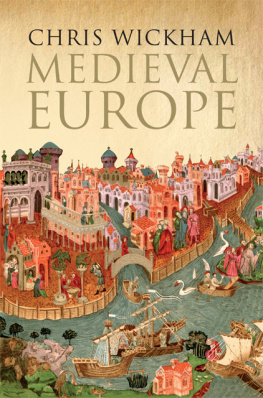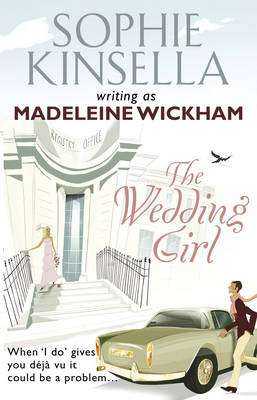
Published by The History Press
Charleston, SC 29403
www.historypress.net
Copyright 2013 by Geoffrey K. Fleming and Amy Kasuga Folk
All rights reserved
First published 2013
e-book edition 2013
Manufactured in the United States
ISBN 978.1.62584.073.8
Library of Congress CIP data applied for.
print edition ISBN 978.1.62619.003.0
Notice: The information in this book is true and complete to the best of our knowledge. It is offered without guarantee on the part of the authors or The History Press. The authors and The History Press disclaim all liability in connection with the use of this book.
All rights reserved. No part of this book may be reproduced or transmitted in any form whatsoever without prior written permission from the publisher except in the case of brief quotations embodied in critical articles and reviews.
CONTENTS
FOREWORD
The American movie actress Joan Crawford once said, Not knowing how it all ends is the most important element in having a happy life. Certainly that would apply to my great-great-great uncle, James Wickham, and his wife, Frances. By all accounts, they were a happy couple. Wealthy, politically connected, talented and hardworking, their future possibilities seemed limitless. Retreating from the big city, they opted for quiet country lives on the bucolic Cutchogue, Long Island, waterfront, surrounded by friends and family who respected and loved them.
Instead of living into their golden years, they were savagely murdered with an ax by an insane farm worker. Their sudden, violent, senseless and bloody demise shocked their community and continues to echo through the ages. Though tame by todays standard of mass killings by lunatics at schools, malls and movie theaters, the irrational act was a harbinger of a violent, insanity-fueled future society with which America is now grappling.
When I was growing up, my grandfather would often tell the story of the Wickham ax murders as we all sat around the dinner table. This story was one of many in Wickham family lore, though perhaps the most memorable. All us grandchildren would sit there with wide eyes as we tried to imagine the horror of being chopped up alive. Afterwards, I would go to bed and lay there wondering if I was also doomed for a violent end, perhaps that very night. I found out later that I often stayed in the same bedroom where the murders occurred. Some say there are ghosts in that bedroom, but I never saw any. On the other hand, I am a very sound sleeper.
The story of the Wickham ax murders is much more than a lurid tale of sudden death. It is also an inspiring story of a grievously shocked community that united to track down a killer. It is a story about a family fortune teetering on the fickle fingers of fate. It is a story about justice triumphing over a heinous crime. Most importantly, it is a story about a humane couple named James and Frances Wickham, who made a courageous decision to protect a young woman from a bully and ended up paying the ultimate price.
Joseph S. Wickham
December 14, 2012
ACKNOWLEDGEMENTS
A book like this one takes the effort of many different people, all of whom deserve our gratitude. Thanks are due to Ruth Ann Bramson, president of East Marion Association and Oysterponds Historical Society (OHS), for her help in obtaining permissions to reproduce images from the OHS collection; Kathy Curran, director of the Suffolk County Historical Society (SCHS), for her help in obtaining permissions to reproduce images from the SCHS collection; Robert Delap, rights and reproductions assistant at the New-York Historical Society, for his help in searching out the splendid portrait of Attorney General Ogden Hoffman and helping us to obtain permission to reproduce it; James Grathwohl, independent historian, for his help in making vital connections for us; Walter R. Jackson, office assistant for the Southold Historical Society, for being his usual helpful self; Rena Doughty McWilliams of Texas Genealogy Web for her help in tracking down some long departed former residents; Mariella Ostroski, librarian of the Historic Room at the Cutchogue-New Suffolk Free Library, for her help in obtaining images and research on the topic of the Wickham Murders; Sharon Pullen, archivist at the Suffolk County Historic Documents Library, for her research assistance; Edward Smith III, archivist at the SCHS, for his help in securing images and other information on the Wickham Murders; Jeff Walden, research librarian at Mattituck-Laurel Library, for being his usual helpful self; and Deanna Walker, office administrator at the Southold Historical Society, for putting up with me and Amy during this project. A very special thanks to the many members of the Wickham family who aided us in our quest to tell this story, including Mary Lou and John Wickham, Prudence Wickham, Gekee and Thomas Wickham and Joseph Wickham, the family historian whose great research and documentation of his family was immensely helpful to us.
Additional thanks are due to our friends at The History Press, who help make the revealing of stories like this one possible. A very special thanks to our project coordinator, Whitney Tarella Landis, and her team for also putting up with Amy and me during this Herculean effort.
Geoffrey K. Fleming and Amy Kasuga Folk
Chapter 1
THE WICKHAM FAMILY AND CUTCHOGUE
In the shadow of New York City lies one of the longest islands in the United States. Appropriately named Long Island, the land is shaped like a fish with a body that extends eastward out from the city and into the Atlantic Ocean. To the north of the island separated by Long Island Sound are the states of Connecticut and Rhode Island.
Approximately 130 miles long, the island today supports a variety of communities. On the western end are interconnecting urban communities that are part of the sprawl of Manhattan. The center of the island is covered in miles of suburbia with row after row of quarter-acre houses and shopping malls. At the far eastern end, the land divides to form the fish tail, also known as the South Fork and the North Fork. The South Fork, the more well known of the two forks, is the home and playground of a number of wealthy and famous people and thousands of vacationers. In contrast, the North Fork is among one of the few rural areas left on the island. Prior to World War II, the vast majority of Long Island once resembled the North Fork, with nothing but miles of farmers fields from New York City out to the far east end. The western end of Long Island was originally settled by the Dutch when New Amsterdam was founded on what is today more familiarly known as Manhattan. As the colony grew, it started to spread into the surrounding islands, forming communities such as Brooklyn and New Utrecht. Although claimed by the Dutch, the eastern end of the island was actually settled by the English when colonists from New England traveled south to set up communities on the forks.

An 1858 Chace map of Long Island showing the hamlets of Cutchogue, Hermitage (Peconic) and Southold. Courtesy of Southold Historical Society.
Unlike Southampton, which started as an independent colony, Southold began sometime around 1640 as a plantation of the New Haven Colony in Connecticut. The land had to be purchased twiceonce from the Native Americans by representatives of the New Haven Colonies and again from James Farrett, who was the agent representing Lord Stirling, the British noble granted the land by the Crown. Settlers from Connecticut, led by Reverend John Young, set out to create an English community on the land.
Next page
